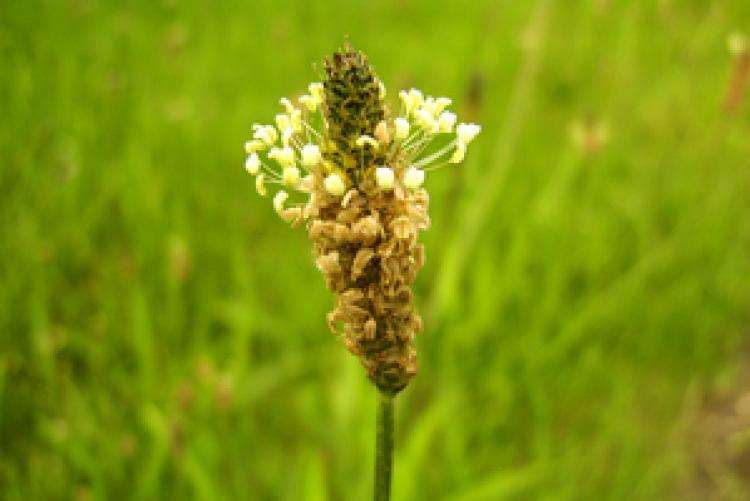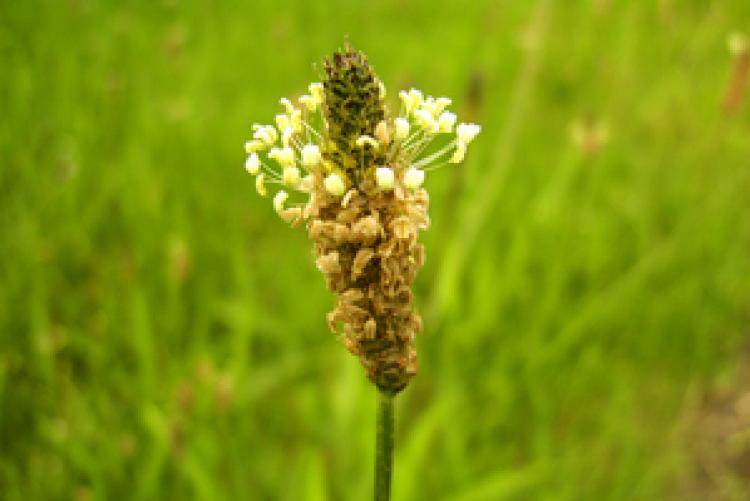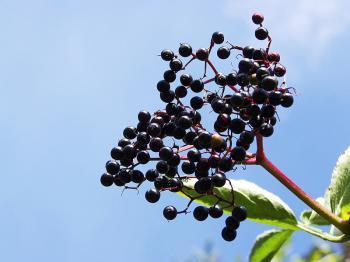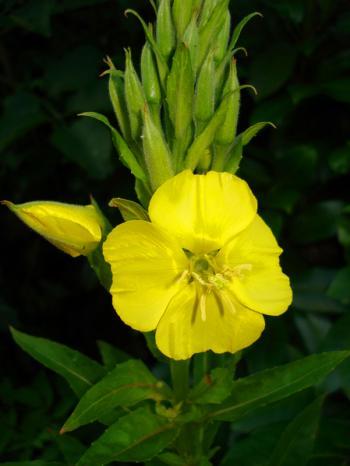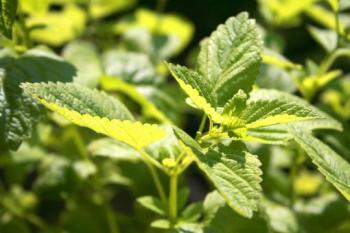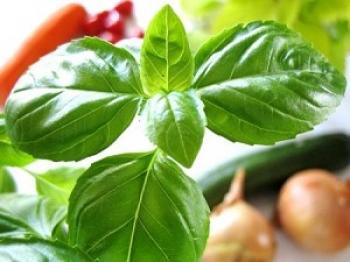Ribwort Plantain comes from a family of plants that includes 12 different species.
The plant is recognizable by its lance-shaped leaves with parallel leaf veins, and blossom stems that are considerably longer than the pointed leaves. Originally, this plant existed only in Europe but can now be found almost everywhere worldwide. The German name, “Spitzwegerich”, means ruler of the roads.
Ribwort Plantain, The Rejuvenating Plant
Ribwort Plantain comes from a family of plants that includes 12 different species.
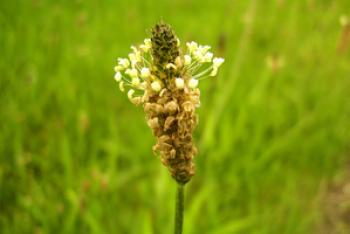
Ribwort Plantain flower A. Kern/www.pixelio.de
|Updated:

